Are you curious about how your cat views the world? Wondering about their eyes and vision?
With this comprehensive guide, we aim to address common questions and concerns shared by cat enthusiasts just like you. We've researched the topic to clarify how kitties see the world.
Cats can see everything we do and, in some instances, much more than we are capable of seeing!
Believe it or not, they perceive the world in ways we can hardly imagine. They possess vision superior to ours in certain areas, excelling at spotting things we might miss!
Cats are natural hunters, can detect minute movements, and are skilled predators. Their vision plays a major role in these abilities.
In this guide, we'll journey through the fascinating world of feline vision. Let's unlock the secrets behind your cat's captivating eyes and exceptional sight. Stick around—you won't want to miss what's in store!
How Do Cats See? - The Fascinating Mechanics of Feline Vision
Have you ever wondered about your cat's seemingly mystical vision abilities?
We know cats possess binocular vision (overlap in the images from each eye), providing them with a three-dimensional view of their surroundings, somewhat similar to humans.
Their visual field of view is estimated to be around 200°, versus 180° in humans, with a binocular field much narrower than that of humans. But what do these numbers truly mean?
As with most predators, a cat’s eyes face forward, affording a larger degree of depth perception at the expense of the field of view. The field of view is largely dependent upon the placement of the eyes, but may also be related to the eye's construction.
Many of us have watched in awe as our cats have exercised the ability to jump from as much as 6 feet onto a narrow window ledge without touching the window.
This truly amazing feat would require not only excellent balance but also precise distance judgment, which is offered by the unique mechanics of their eyes.
Cats Can See In The Dark - Fact Or Fiction?
There's a common belief that cats excel in seeing in the dark. Is this true? To a large extent, yes!
Cats are nearsighted, offering them a closeup advantage in spotting the smallest details, essential when hunting prey.
Cats' retinas carry both rods and cones. The rods, dominating their retinal structure, contribute to their superior night and motion vision compared to humans.
This feline advantage further increases with their unique elliptical pupils and the mirror-like membrane, the Tapetum, situated at the back of their eyes.
Together, these components magnify available light, enabling cats to excel in low-light conditions. But how does this work in total darkness?
Can Cats Navigate Complete Darkness?
While cats are not capable of seeing in absolute darkness, they have a knack for using the slightest light sources, like a few stars in a partly cloudy sky.
The yellowish glow you see when shining a light in a cat's eyes is really that light reflecting off the Tapetum membrane.
While cats can't see in total darkness using their eyes, they can still get a good idea of what's going on around them. They use their keen senses of smell and hearing to get more information about their environment.
Besides, their potent senses of smell and hearing, along with their whiskers or 'vibrissae,' provide essential environmental cues.
Do Cats See In Color? - Understanding the Color Spectrum in Cats' Eyes
The answer is yes, they do. But they probably don't see as many colors as we do, or as vividly. Having so many rods makes them our superiors in night vision, but not when it comes to day vision.
In low light or at night, cats do not see color differences. They see only black, white, and shades of gray.
What colors do cats see best?
In cats, blue and green appear to be the strongest colors perceived and they also seem to respond to the colors within the purple, green, and yellow range.
Red, orange, and brown colors appear to fall outside cats' color range and are most likely seen as shades of gray or purple.
Nobody knows for sure though because color is a perception as much as it is actual signals coming into the eye.
The Ever-Changing Cat Pupil: A Tale of Light and Emotion
If you share your life with a cat, you probably noticed by now that their pupils can change in size.
The feline pupil can be anything from a narrow slit to a full-fledged huge saucer that fills up almost the entire surface of the eye.

What could this mean? There are two possible reasons for this change occurring in a cat's eyes.
A Reaction To The Amount Of Light In The Environment
In low-light conditions, the pupil will become larger, allowing more light to get through and hit the lens and eventually, the optic nerve.
As more light enters the eye, the cat can see more detail in the environment around her. However, in a well-lit room, Kitty's pupils will constrict, to protect the eye from being overwhelmed by too much light.
If you've ever had your eyes tested by an ophthalmologist, they probably used special drops to make your pupils wider.
When under the effect of the drops, you may have noticed the world looks "too bright".
That's the effect that a constricted pupil prevents. And yes, human pupils can change their size too in reaction to light. Albeit, the effect is usually less impressive than it is in the cat.
An Emotional Reaction (Usually Fear)
When a cat feels threatened, he or she will experience a "fight or flight response". Their entire body becomes focused on the perceived danger.
As they try to absorb every last bit of detail of the environment, the pupils usually widen as part of this response.
That doesn't mean that a cat with constricted pupils is necessarily relaxed.
If there's a lot of light around, the pupils may remain at least partially undilated. If you suspect that your cat is in a state of fear, be careful.
Kitty may lash out at you if you try to pick her up or even pet her. Read more here about redirected aggression in cats.
What Is "The Third Eyelid?"
Cats are unique in that they have a third eyelid, the nictitating membrane, which is a thin cover that closes from the side and appears when the cat's eyelid opens.
The nictitating membrane has many functions; temperature adjustment, clearing the eye of foreign matter and particles, and sweeping moisture over the entire eye.
This membrane partially closes if the cat is sick, although in a sleepy, content cat this membrane is often visible. If a cat chronically shows the third eyelid, it should be taken to a veterinarian for evaluation.
Decoding Cat Eyes in Various Breeds
It's worth noting that some breeds have typical eye colorations, as well as unique eye shapes. The official breed description will always specify the allowed eye colors and shapes for that breed.
For example, the CFA's breed standard for Persian cats mentions eye color by the cat's coat color. White Persians, for example, it says -
Eye color: deep blue or brilliant copper. Odd-eyed whites shall have one blue and one copper eye with equal color depth.
For Bengal cats, the CFA breed standard describes both the shape and color of the eyes in the same section -
EYES: Shape is round to oval. Large, but not bugged. Set wide apart, with a slight bias toward the base of ear, when oval in shape.
Eye color independent of coat color, except in the Lynx Points, where Blue is the only acceptable color. Richness and depth of color is always preferred.
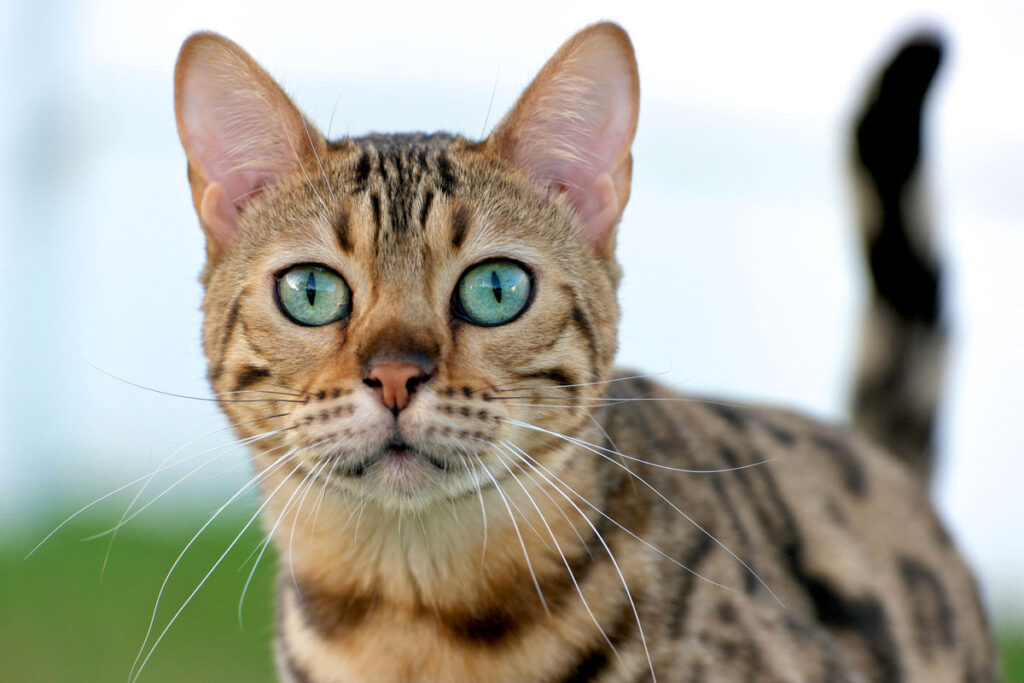
Ethical breeders work hard on preserving certain looks in the breed, and eye color certainly comes into play when planning a breeding program.
Types Of Eye Color In Cats
Cats have a wide variation in eye color, the most typical colors being golden, green, and orange.
Blue eyes are usually associated with the Siamese breed, but they are also found in white cats.
If a white cat has two blue eyes, it is oftentimes deaf; however, orange eyes usually indicate the cat is free of hearing problems.
White cats having one blue and one other-colored eye are called "odd-eyed" and may be deaf on the same side as the blue eye.
This is the result of the yellow iris pigmentation rising to the surface of only one eye, as blue eyes are normal at birth before the adult pigmentation has had a chance to express itself in the eye(s).
Eye Color In Kittens
Kittens are born blind, with their eyes shut. They usually begin to gradually open their eyes at around two weeks of age. At that point, the eye color is usually blue or bluish-gray.
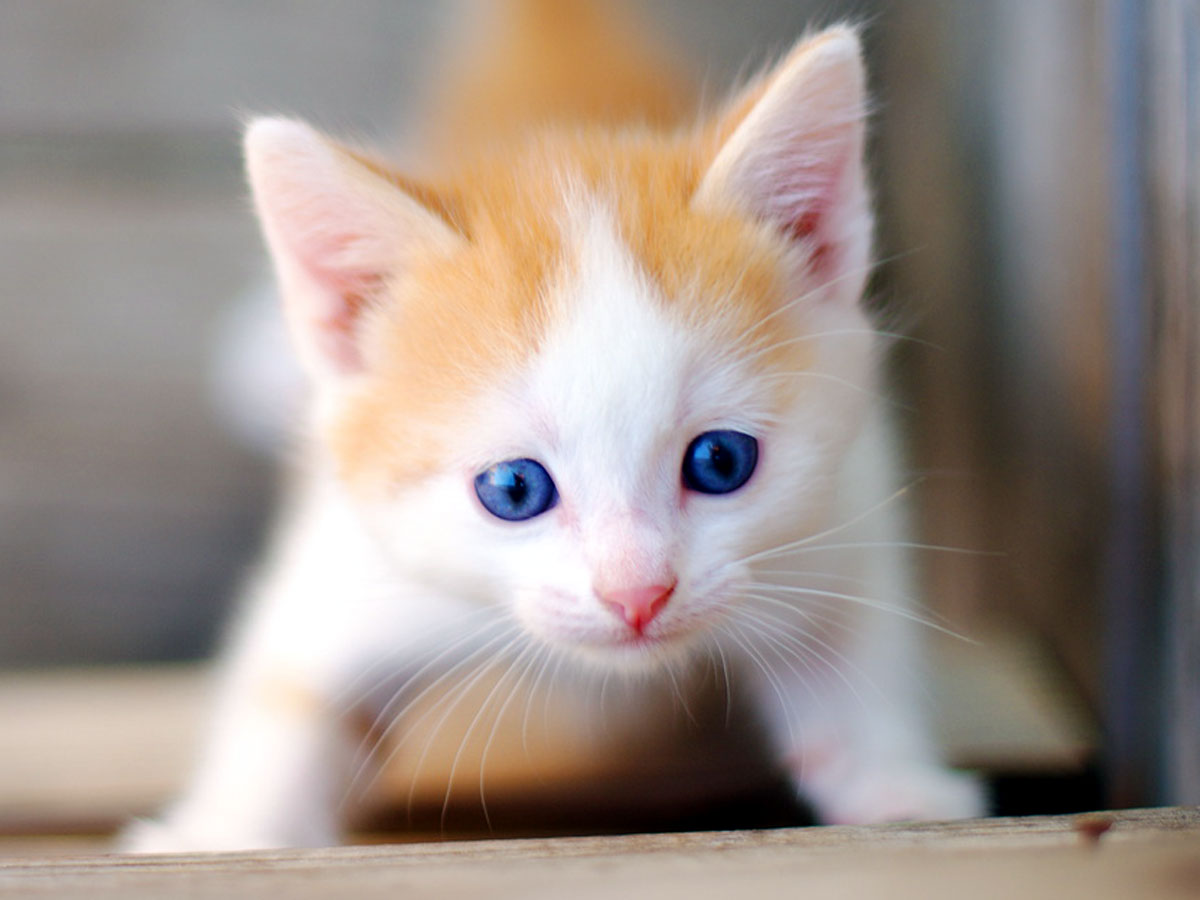
Most kittens grow out of their blue eyes. This is a gradual process, as eye color gradually metamorphoses from blue to bluish-green, then to green, and finally to yellow.
If the cat is genetically predisposed to having blue or green eyes, the color will stay that way into adulthood, but otherwise, it will gradually change.
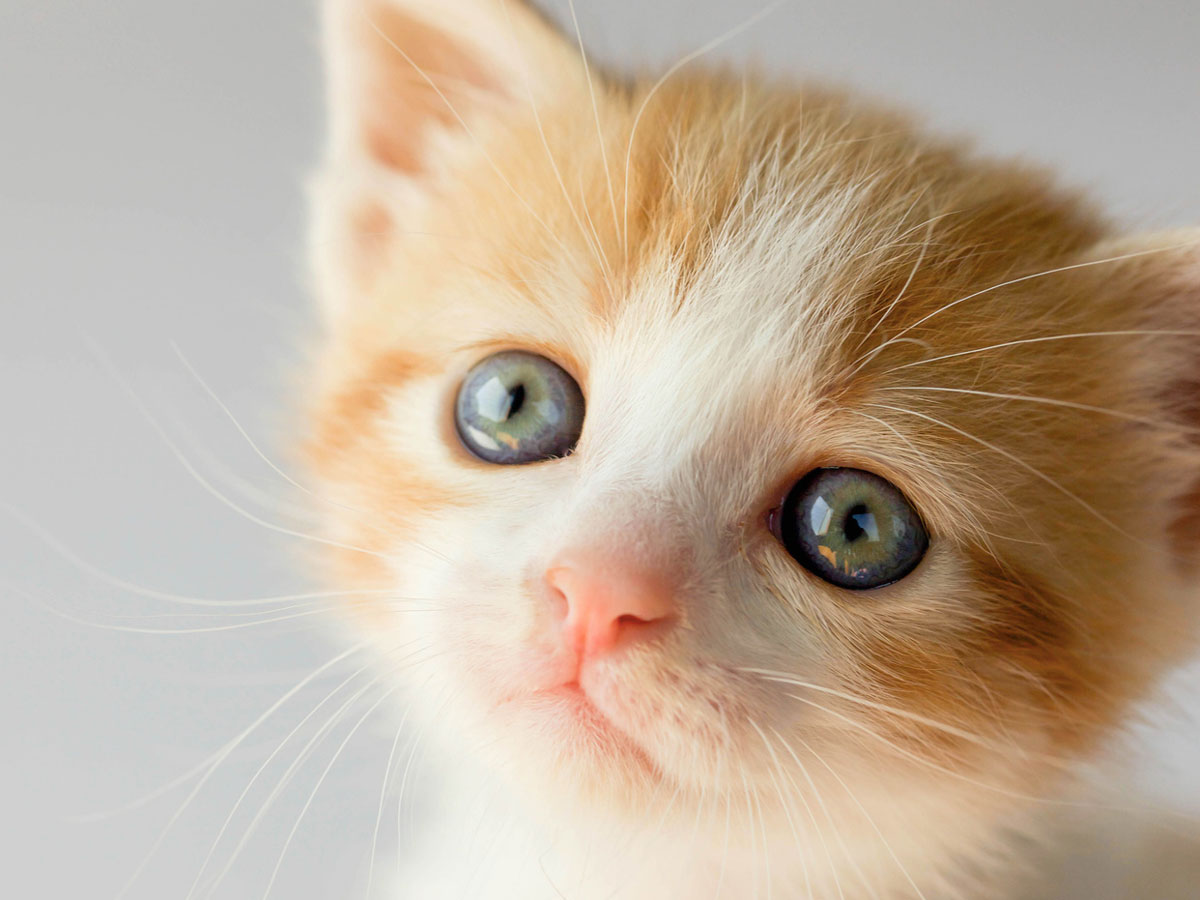
The reason for the change in the kittens' eye color is the lack of pigments in the iris. The eye color pigment, melanin, is produced by special cells in the eye, called melanocytes.
Melanin is produced by these cells over days and weeks after birth, in response to light. As long as the kittens' eyes are shut, no melanin is produced and that's why the eyes are blue at first.
Let's take a look at some interesting eye colors in cats.
Cats With Yellow Or Golden Eyes
Yellow is possibly the most common color for cat eyes. It can be found in the general pet cat population, as well as in many cat breeds.
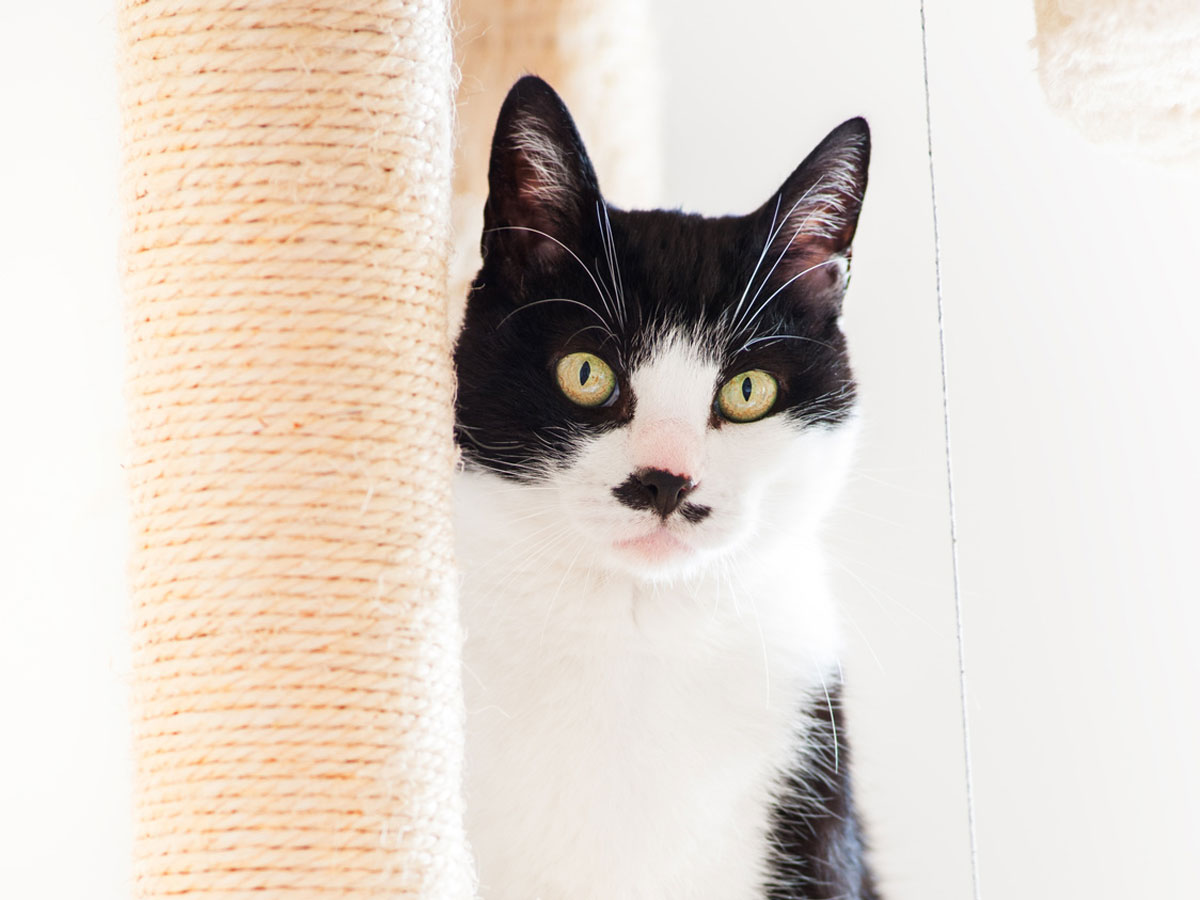
SIGN UP FOR THECATSITE'S EMAIL UPDATES >
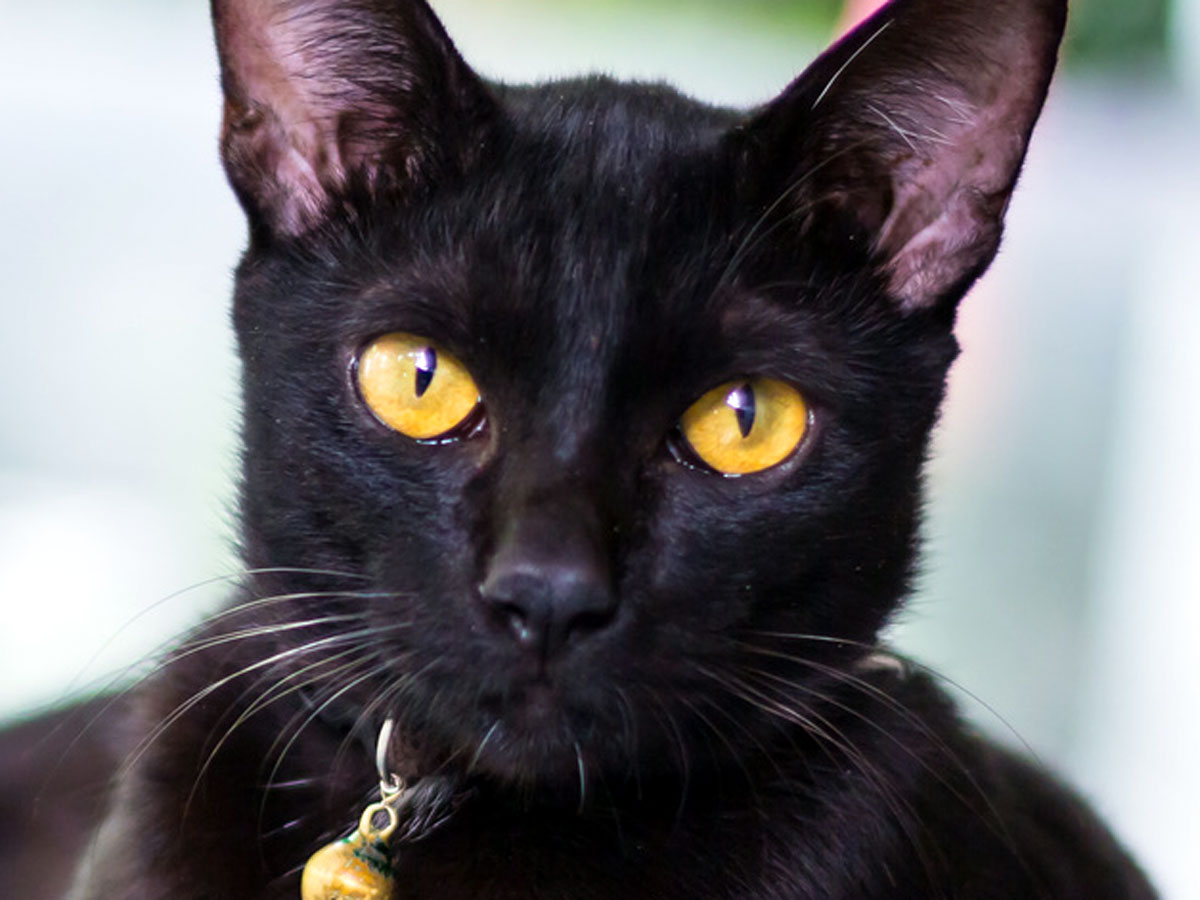
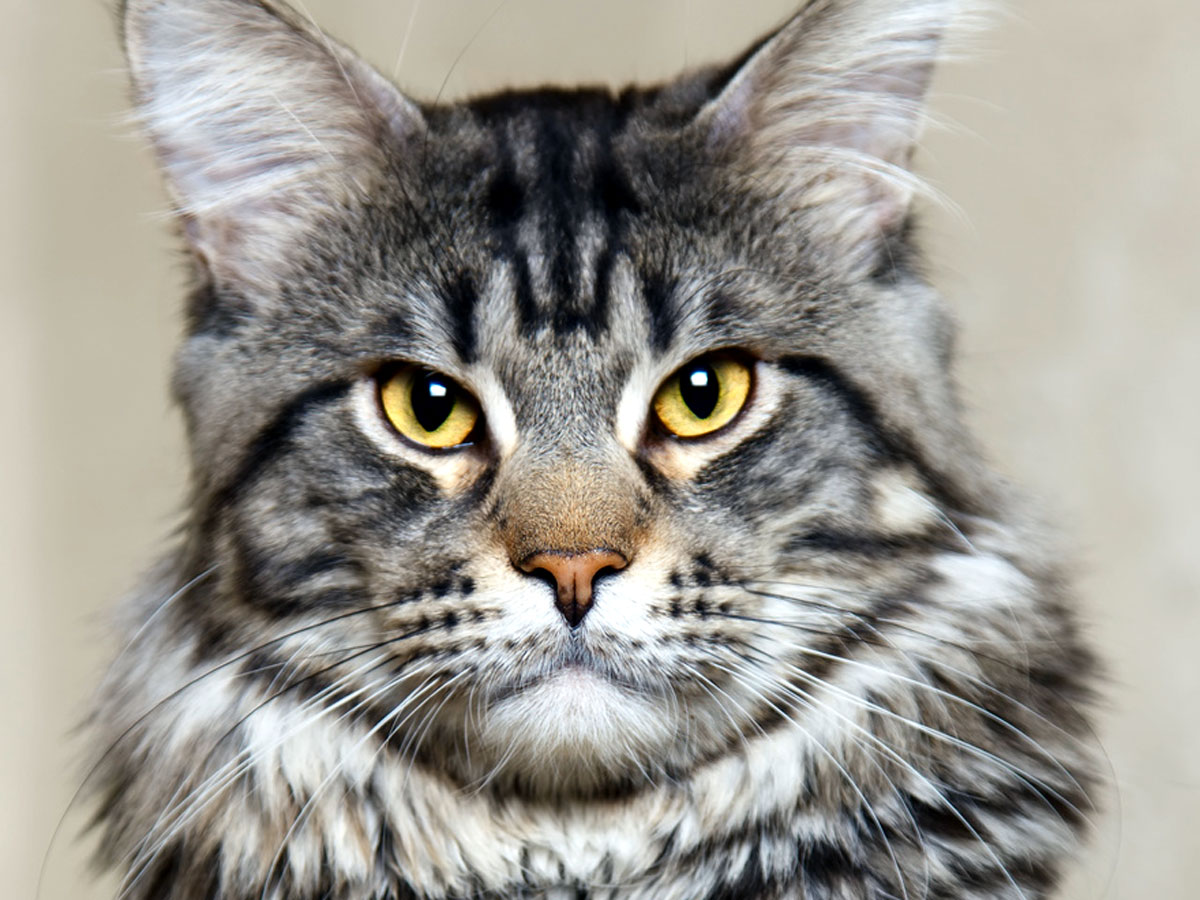
Cats With Green Eyes
Green is often a variation of yellow eyes, with the greenish hues appearing in part of the iris. In some breeds, breeders work to achieve a stronger and more vivid green color.
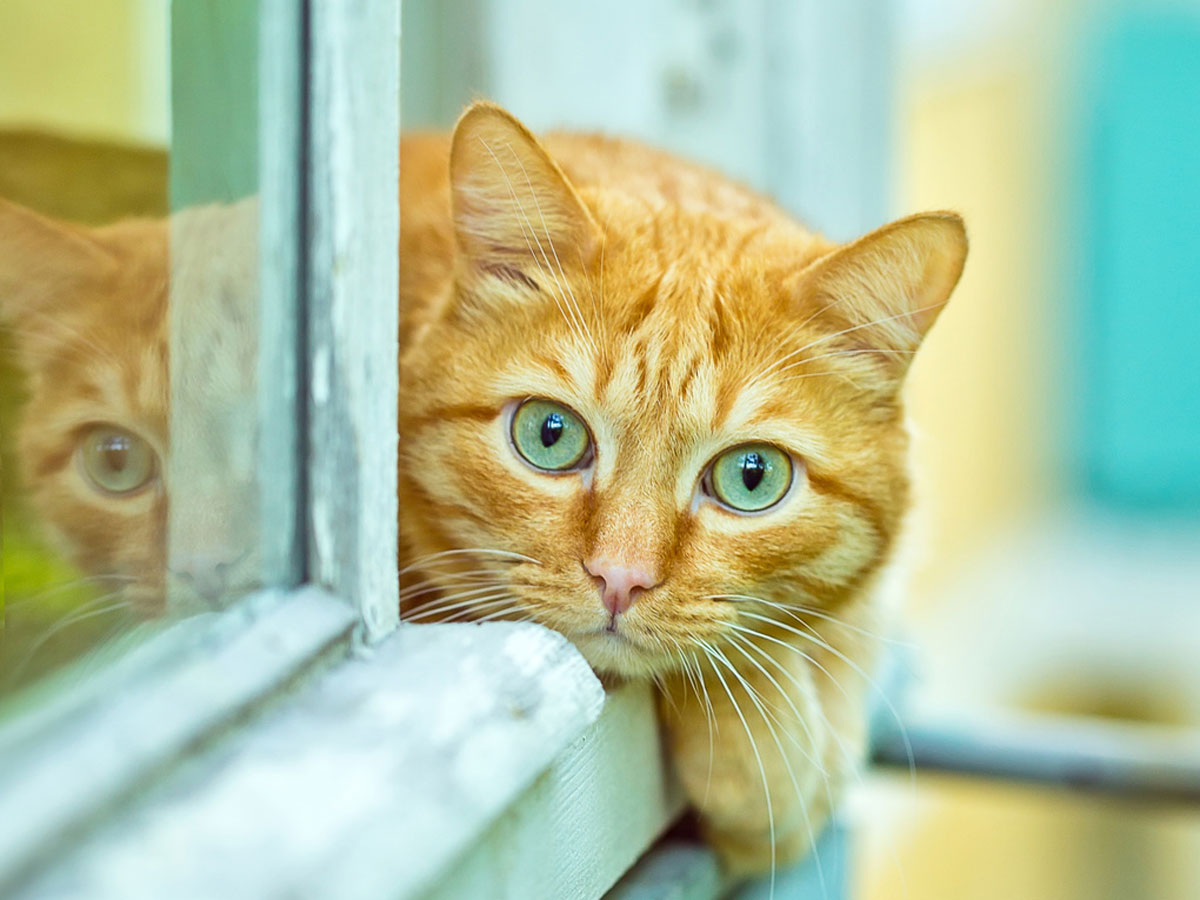
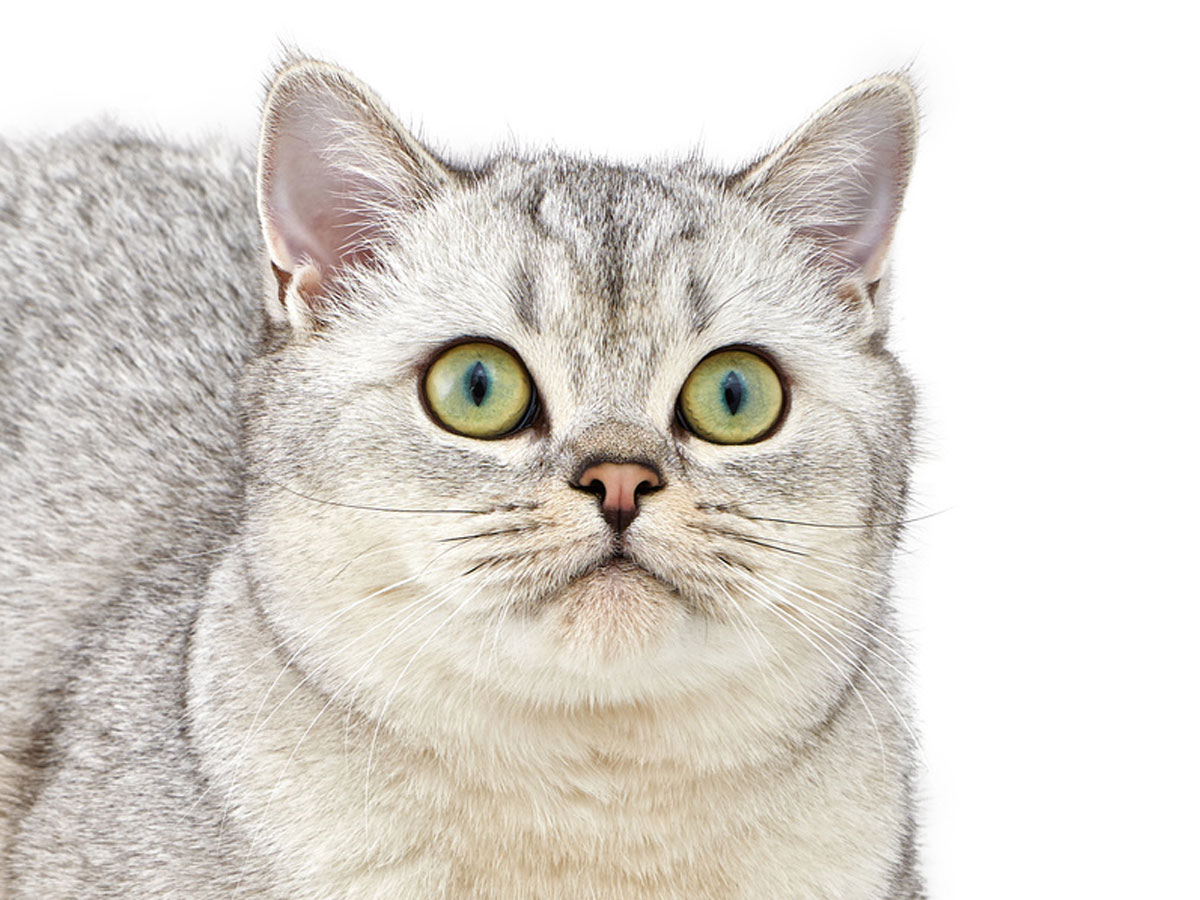
Cats with Blue Eyes
Blue eyes are typically seen in colorpoint cats or white cats. They are a breed requirement in the colorpoint breeds such as the Siamese and Himalayan cats.
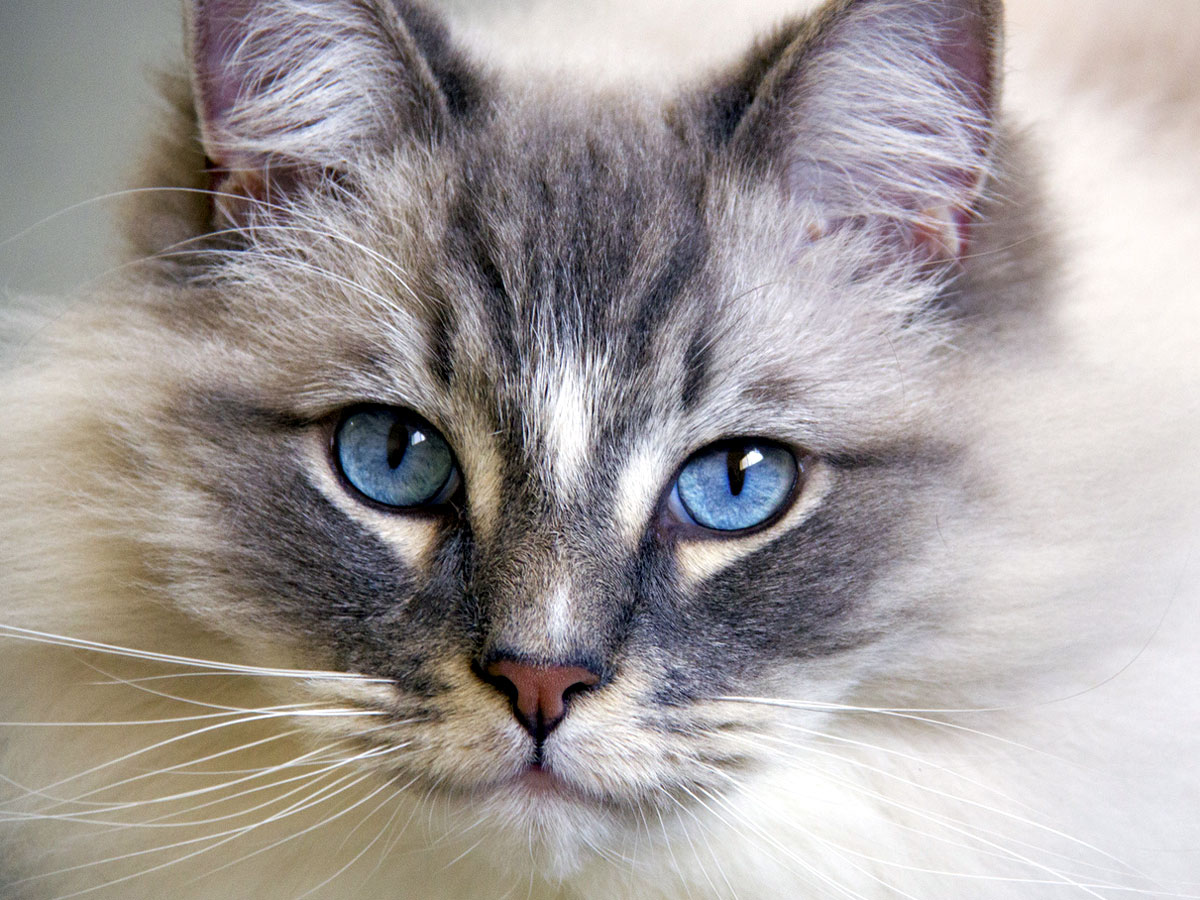
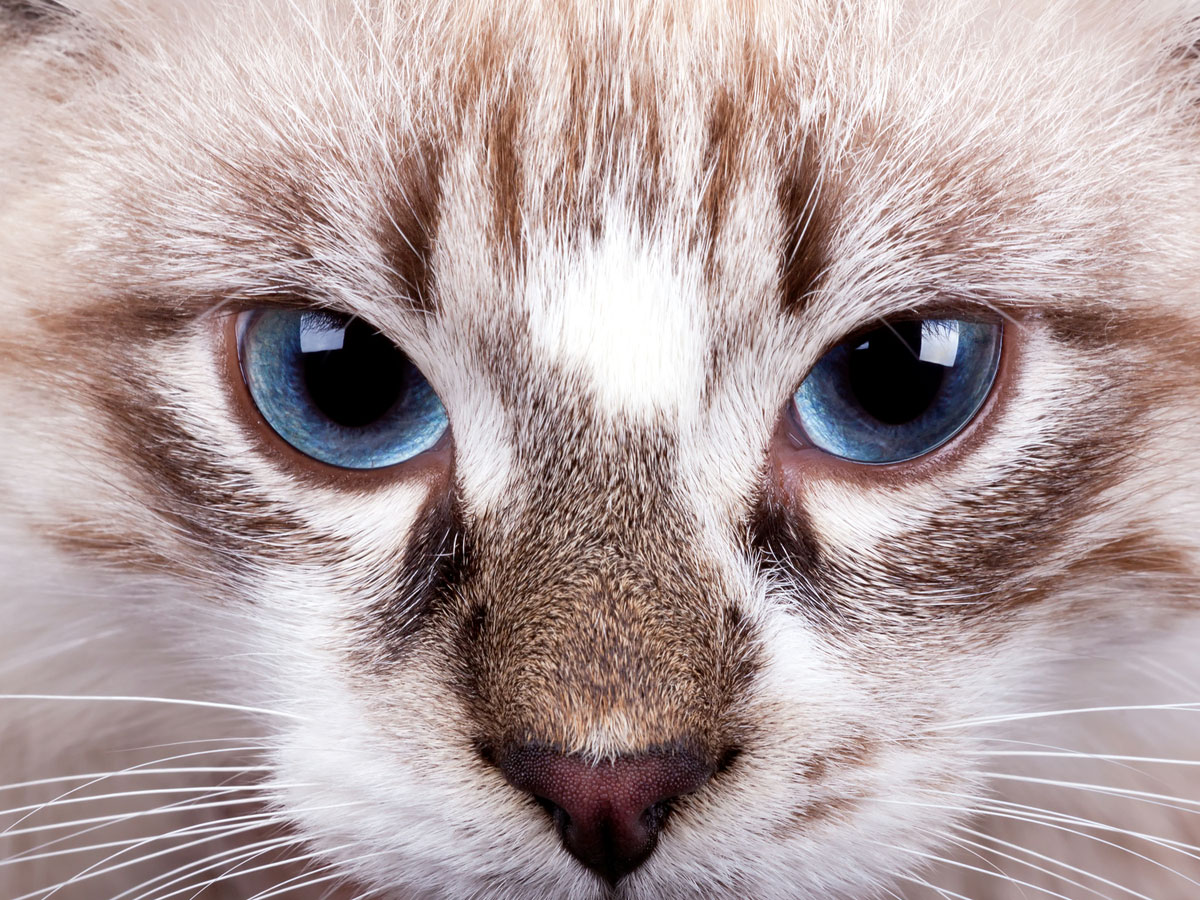
Blue eyes can be seen with other color variations, such as this Calico, but this is a rare occurrence.
Related read: Do Ragdolls Always Have Blue Eyes?
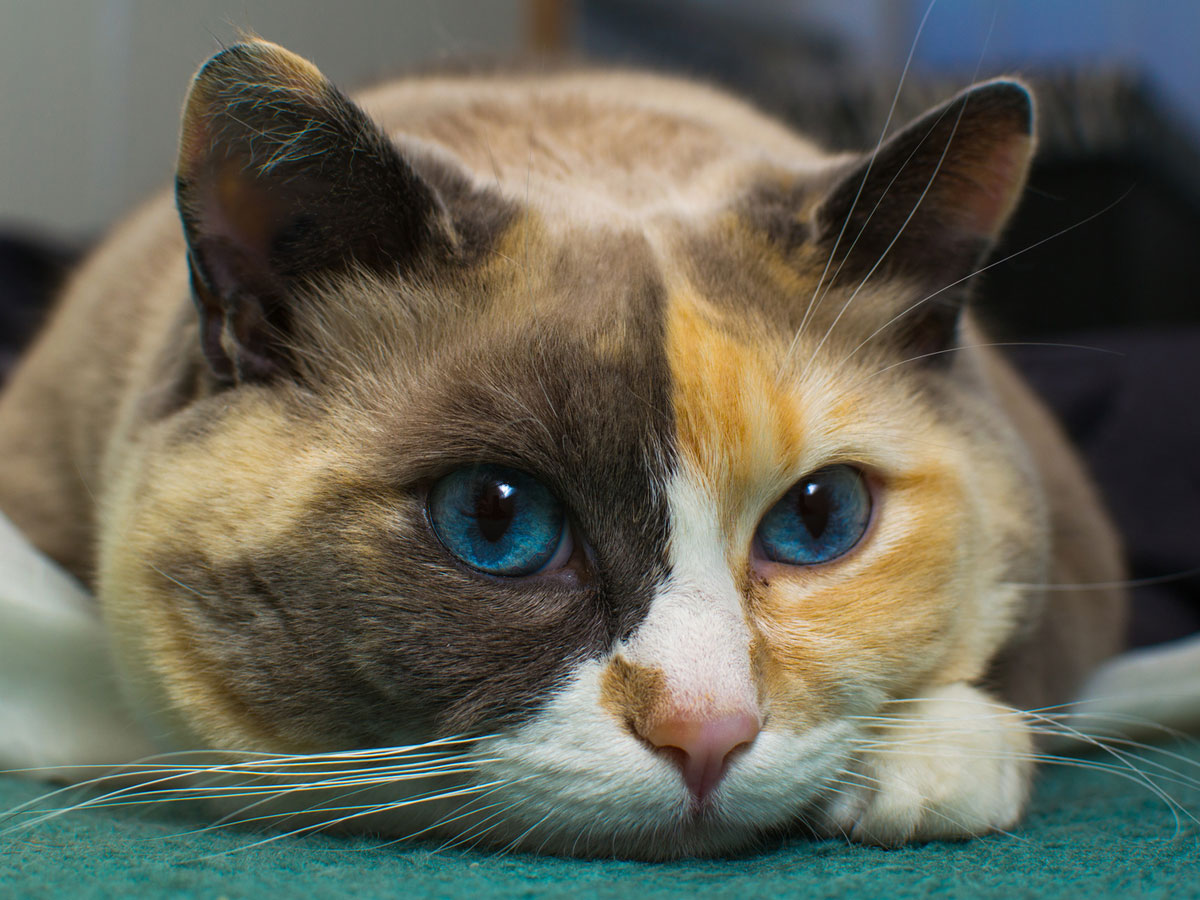
Cats with Orange or Copper Eyes
One of the most beautiful and unique cat colors, the copper or orange eye color can be seen in many breeds, as well as in pet house cats.
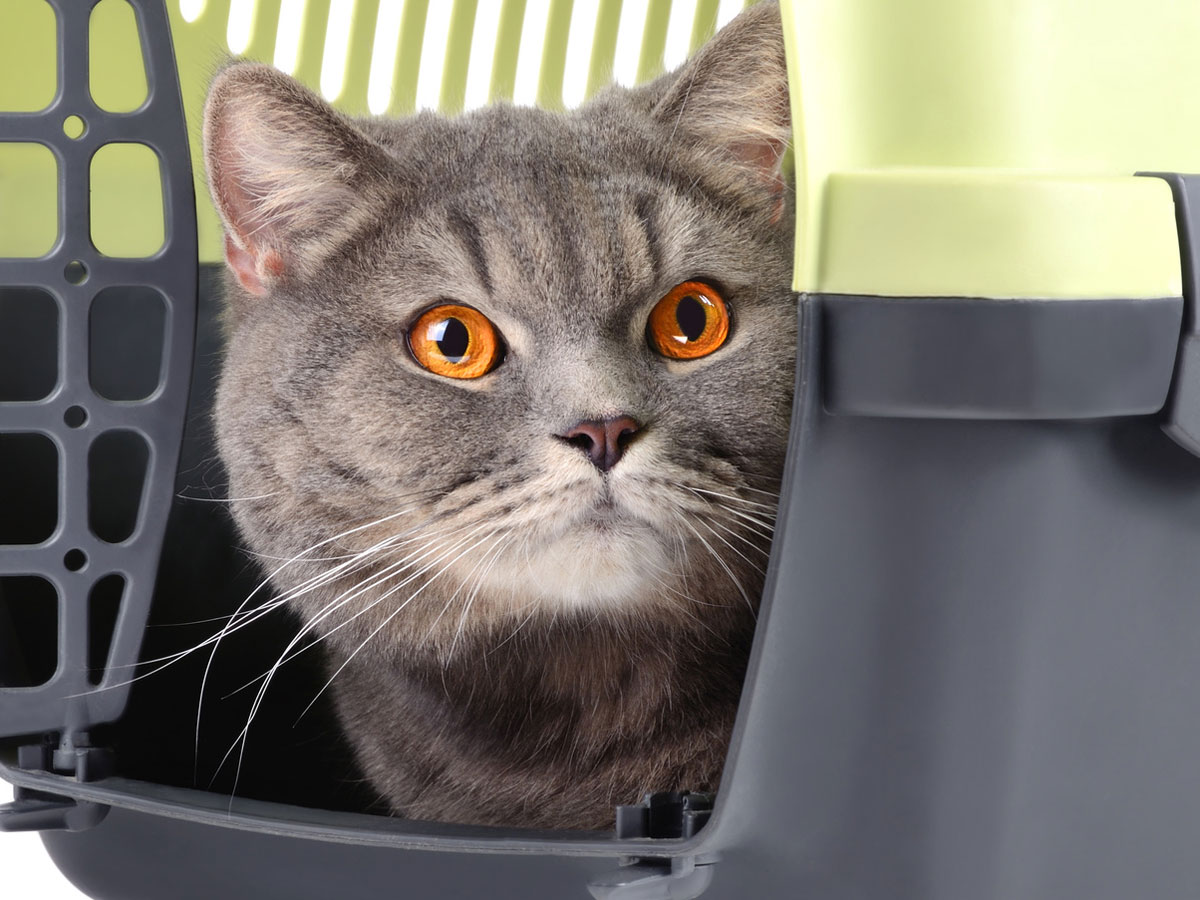
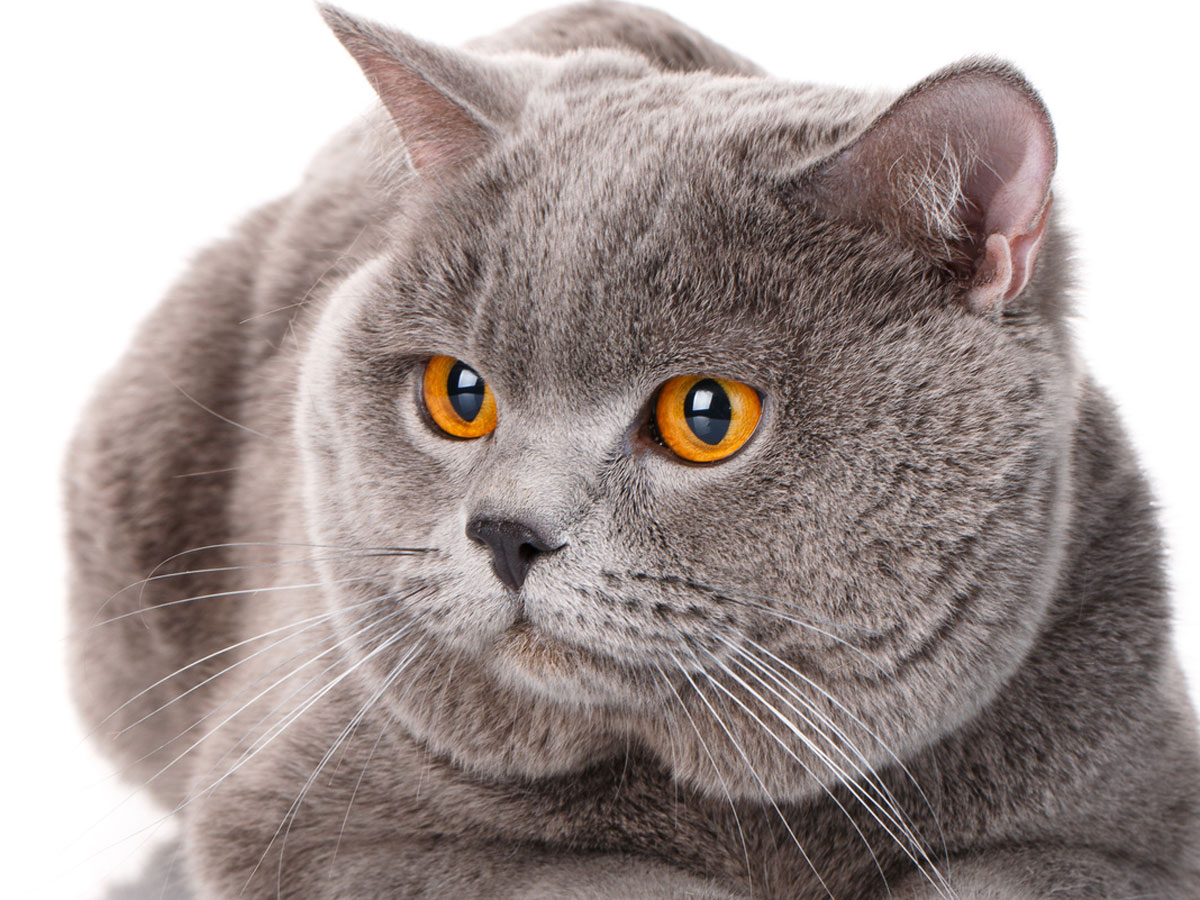
The Captivating Vision of Cats: A Concluding Note
Cats are indeed one of nature's finest creatures, equipped with remarkable vision capabilities.
Their sharp eyesight allows them precise hunting and offers them a survival advantage in avoiding potential threats.
Plus, spotting a treat from a distance is always a welcome skill!
So next time your feline friend gazes into the distance, remember there's more than meets the eye. You're looking at a sophisticated blend of nature's finest design and evolution's masterful adaptation.
SIGN UP FOR THECATSITE'S EMAIL UPDATES >
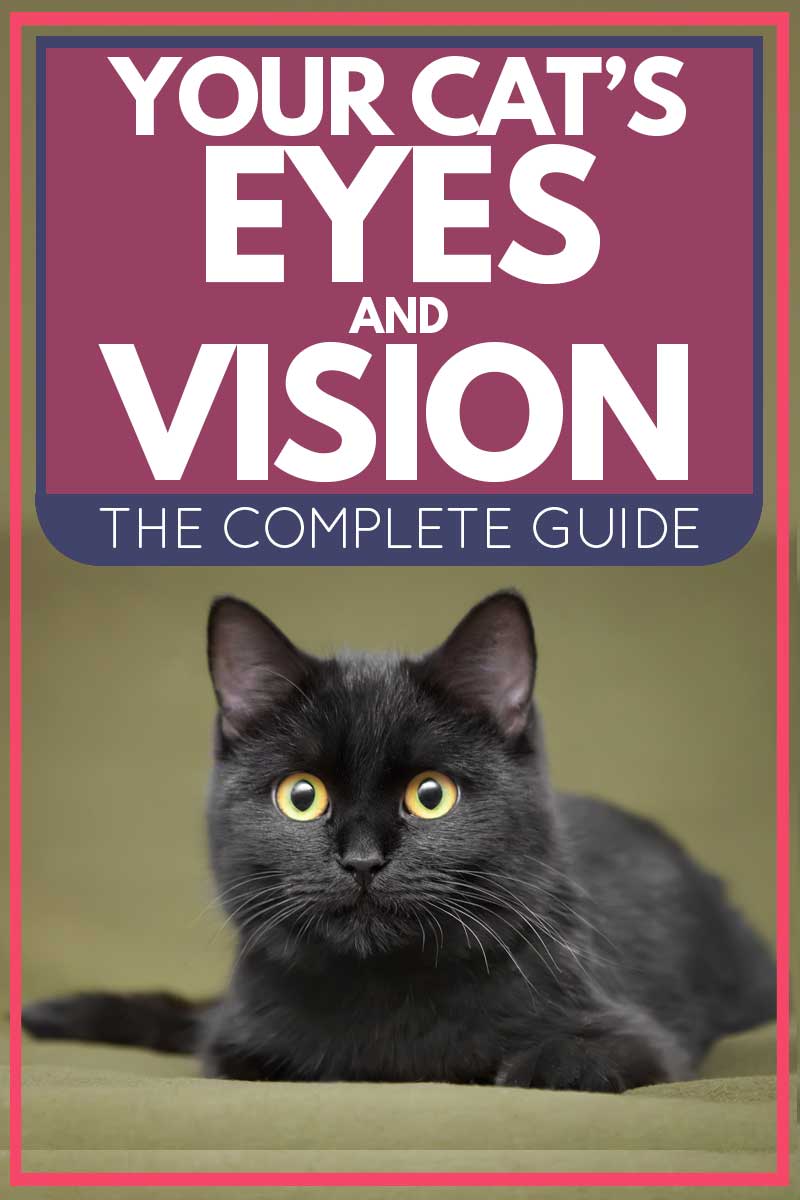
Part of this article was written by Gaye Flagg
Comments? Leave them using the form below. Questions? Please use the cat forums for those!
Note: We may get commissions for purchases made through links on this page.


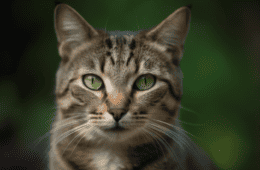
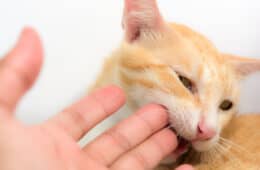
13 comments on “Your Cat’s Eyes and Vision [The Complete Guide]”